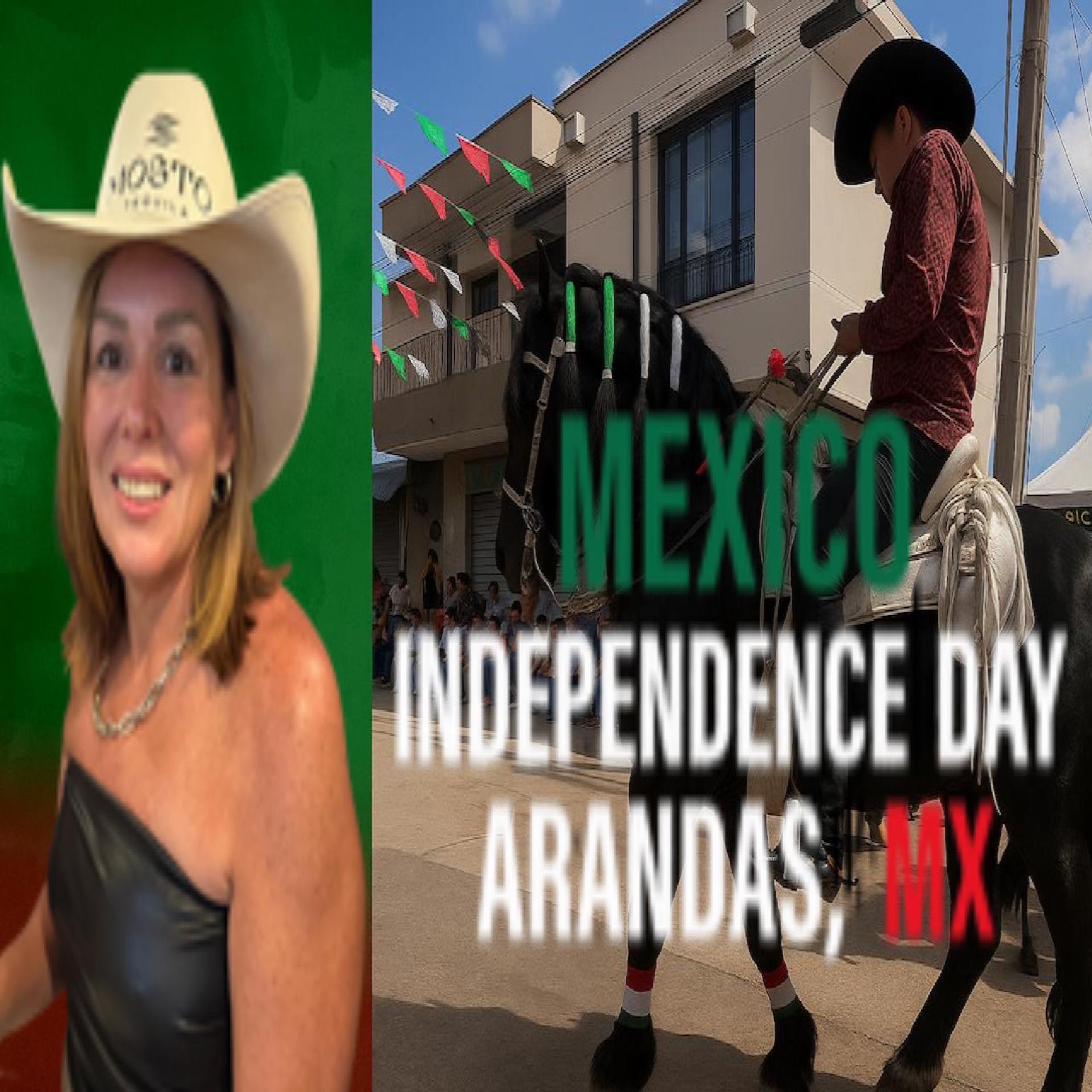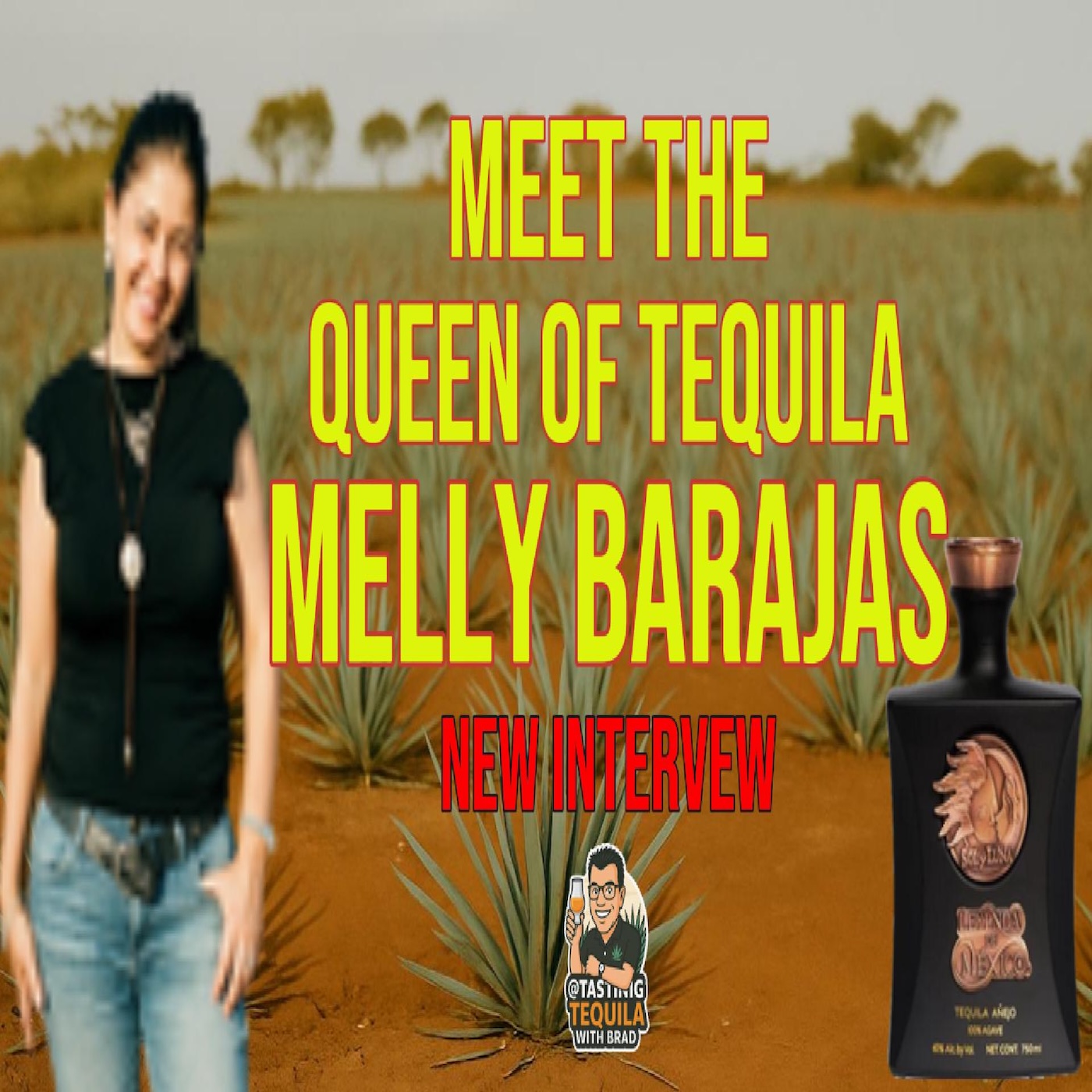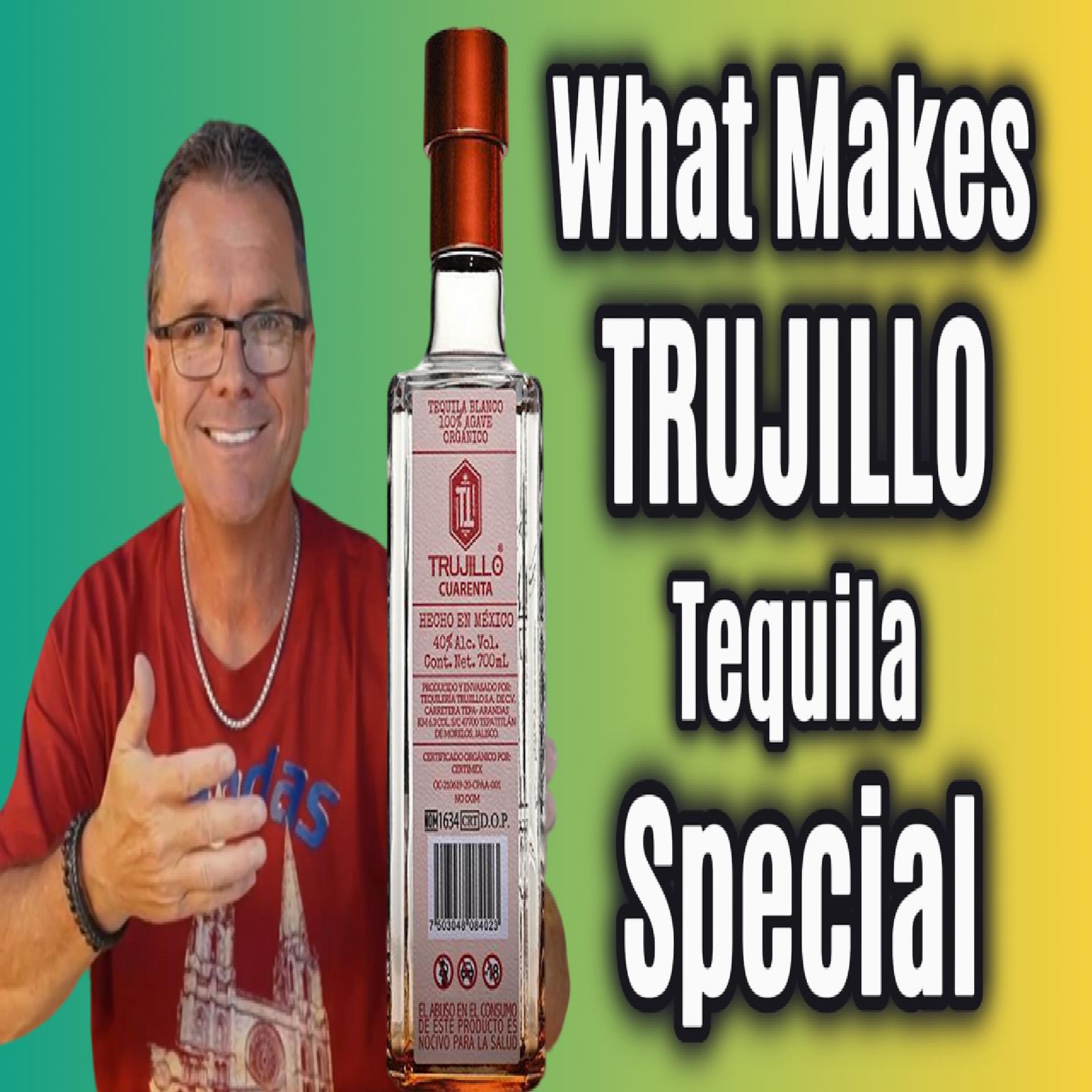Episode Transcript
[00:00:01] Hey, guys. Brad Nickam tasting tequila with Brad. I get this question every once in a while, mainly from my bourbon folks that say, how can one distillery create these different brands? And the tequilas taste different and, you know, they really do. And every tequila bottle has a nom number on it. It is the number that is assigned to the distillery that designates the brand of tequila they make. So every time you pick up a tequila brand, you're going to look on there and you'll find it, you know, usually on the back of a bottle next to the word CRT, you'll see NOM and you'll see the number. And this is NOM 1579. This is EL Pendillo. It is one of the highest elevation distilleries in all of Mexico in the Los Atos region. It's at like between 6,000 and 7,000ft elevation. And they have some really awesome things going on there. One, they're using estate grown agaves, all from the highlands. They are using a tahuna for extraction. They're using really old, awesome stone ovens for their cooking. And then when it comes to fermentation and water types, they can create some different flavors. So you've got arte nom 1579. This Jake is going to be on my podcast here shortly talking about their series. And this tequila is a tequila that allows the distiller to really show the art of their distillery. Art de nom 1579. So this they went to Felipe, they said, look, let's make something special. He's like, hey, my G4 is already special. And they're like, okay, but let's do something a little different. And he said, sometimes we aerate these bottles with oxygen G4 and it makes it taste a little different. It's like, okay, let's do that. So this one is used with deep well water. So you have a huge deep well to get water from. They collect spring water as well. And they also have this awesome way of collecting all of this RA water. So this one is a combination of deep well water and rainwater. It is fermented in stainless steel tanks, open fermentation. They're just using the yeast there that's in the area. Now this one is something special that G4 does every year. Their Moderna series. And this One is their 2004 Lock 4. Pretty exciting to have. This one that's kind of hard to find, but it's not super expensive. I think it was $65. This one is a combination of deep well water and spring water. Open fermentation and then fermented in wood vats. So instead of a stainless steel tank, it's in a wood vat.
[00:02:40] And then this one, Don Vicente, is made the same agave, same stone oven, same crushing method, fermented in the same stainless steel tanks as this one, but not oxygenated. And this one is only using the deep well water. So if you think about where I live in Indianapolis, I live out in the country a little bit, so we're on a well. And if you drink my well water, I like it. I was raised in a well water, but it tastes different than the city water. And then if you go to where I was from, about two hours north of here, an hour and a half north of here, and you drink my mom's well water, it tastes different than the well water here.
[00:03:18] So this water is going to influence the different flavors of the tequila. The DNA is still going to be in each one. It's coming from El Pendillo, one of the best distilleries in all of Mexico. It's done in the same method. So you're going to have that great base of amazing flavor, but then you're going to pull out different flavors out of that because of the different fermentation style and the different water usage. Keep in mind that each tequila at different times of the year is going to change the way it ferments in time, and that's going to change your flavor, too. So I lined them up the same way. So let's. Let's start with the Arte Nam 1579.
[00:03:55] You get right off the bat, you get the agave and what I call the wet concrete. The smell in Florida when it rains on a hot day and you smell that rain coming off of the concrete, so you get that Pedrich smell. You got a great minerality. The agave is right there in front.
[00:04:15] You get a little citrus, you get that agave. It's got a great sweetness to it all, authentic sweetness.
[00:04:24] And you get, you know, a really subdued finish. You get a little bit of pepper, but not like a burn. You get all of this minerality, and you get a little bit of citrus right in the middle. Okay, fantastic. Now, if you look at this one, it's actually a little cloudier than what this one is, so that's interesting. This one has a totally different nose on it. You get a lot of minerals, but you get a lot of agave, and you get a little more citrus in the nose than what I did on this one. Agave, definitely across the top. That is so buttery it's got a great agave flavor in the front like this one did. But this one had that whole wet concrete smell. And this one is just buttery mouth coating feeling almost like a. Close to like a butterscotch to me. Probably the wrong word, but butter is what I want to say. A little bit more pepper in the finish. There's that tingle in the back of the tongue, which this brings on all that saliva. That's just a great balance. Tequila. It has a long, peppery finish that's kind of almost like a bell pepper flavor at the end. You get the citrus in the middle, and you definitely get that cooked agave, you know, smell and flavor. Actually a little more in this one than I did in this one. This one was a little lighter on the agave, but a lot more forward in the finish of this one, and a lot more agave forward in the front end. Completely different smell. This one, to me, has a floral smell, and then the agave. So from. From wet concrete to a floral, fruity smell, almost like a dried fruit. Very light, very clean. Where. Where. This one's thick and buttery, and this one is, like, light and clean with a lot of agave. Much shorter finish than this one. This one's finished is the longest. This one's the most buttery mouth feel. Flavorful. This one's got a lot of agave. This one is probably more floral and fruity with. With a shorter finish. So there you go. Three different tequilas made at the same distillery, made from their same estate agaves. And just a little bit tweaking of the process pulls out completely different flavors. And in bourbon, you know that when you walk into a distillery, that distillery is making several different bourbons. They may change the mash bill a little bit of, what, the percentage of corn, barley, rye or wheat, whatever they're using. And that's going to distinguish a little bit different flavor profile in each one. Now, keep in mind, with agave, you just have three ingredients, right? You have agave, yeast, and water. And in this case, where the agaves are grown, and that timeframe to grow those agaves are going to give you more of a terroir of the flavor of the ground, more minerals from the area that it's grown in based on how fertile the soil is and what type of soil it is. If it's in the highlands, where they grow a little bit differently than in the valley, or like I talked about in the other one, the ones that are growing their agave and Maui, they. They have a different flavor too. So it's bringing that flavor of the area. And then, you know, these wood tanks in this case, you know, they're going to be absorbing everything that's been in those tanks before and they're going to be lending back flavors of whatever's fermented in those tanks in the past. That's probably why this one has such that buttery flavor where the stainless steel could get rinsed out. It's not going to carry forward what was in, you know, in the past. But then again, you're looking at, you know, the different water sources that are used in each one. And when you're using the rainwater, you know, that's probably a lot less of the flavors you're getting from the ground or from the well water where you're just capturing it straight from rain and putting it right back in the bottle. That's going to change the flavor profile as well. So there's a lot of different reasons why you, your tequila is going to taste different from the same nom or the same distillery. So once you find something that you like, remember that you're going to have the DNA in there that's going to basically give you what you're looking for. And knowing that it's a additive free state grown, incredibly traditionally made tequila is going to really give you something that you know you're going to feel good about drinking. You're giving money back to the local community, you're hiring more people than what the big producers are hiring and really giving back and creating, creating a fantastic product. So when you're out there looking for tequila, look for this one. Nom 1579 thanks for tuning in. Let me know if you have any ideas for a video. I'd love to do one for.


